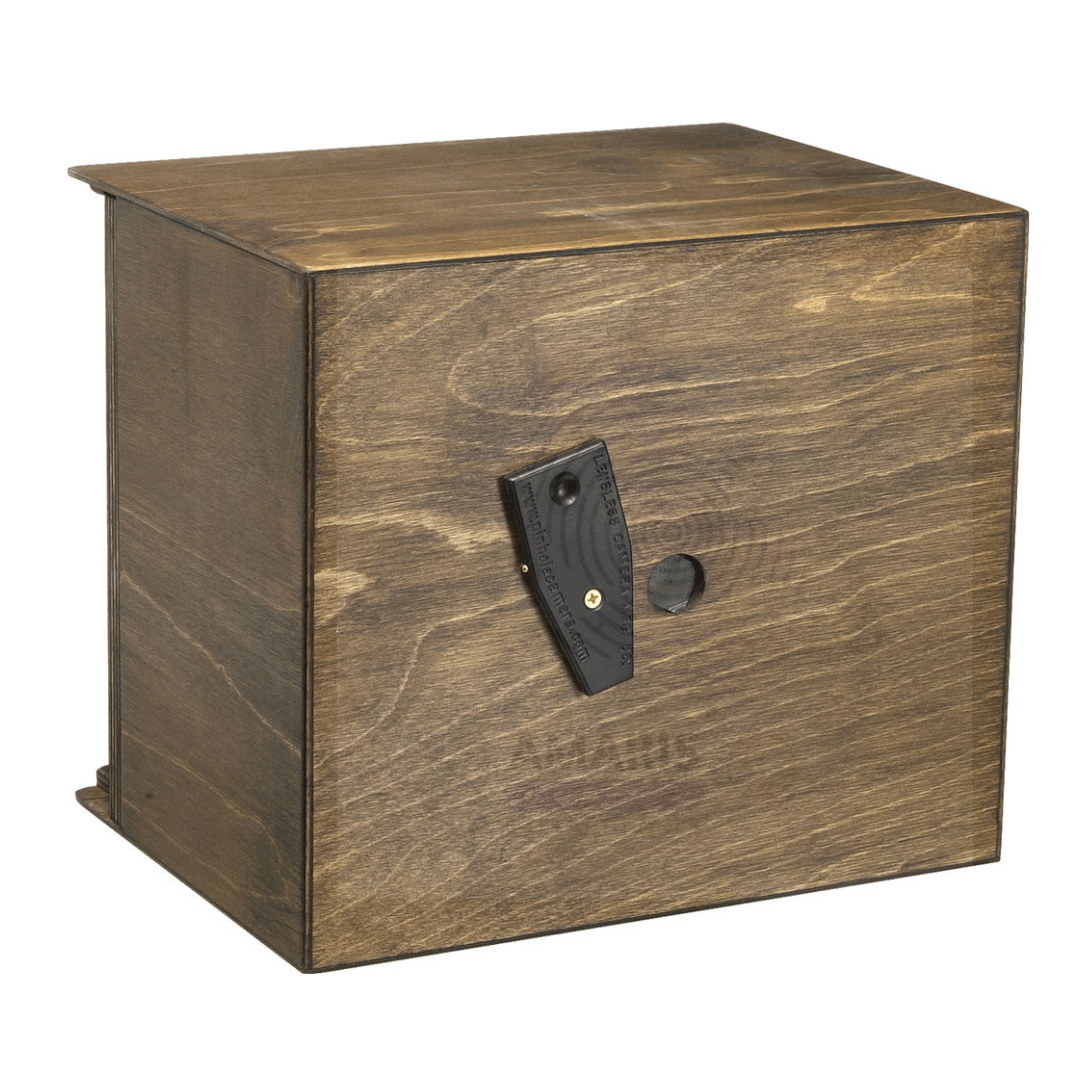
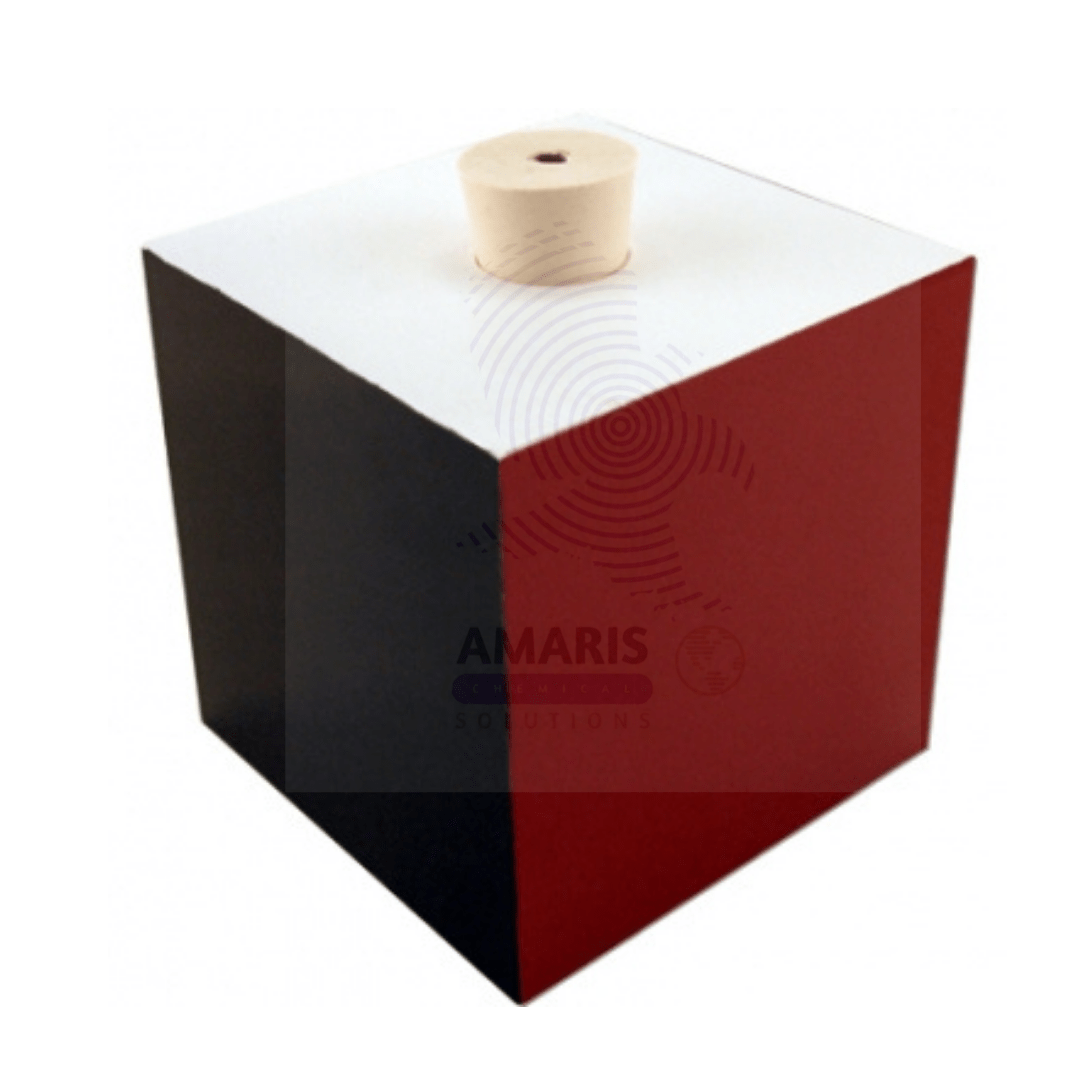
Lens cleaning tissue
$500.00 Original price was: $500.00.$450.00Current price is: $450.00.
Lens cleaning tissue is a soft, non-abrasive paper specifically designed for cleaning optical surfaces. It is typically lint-free and free of chemicals, making it ideal for safely removing dust, fingerprints, and smudges from lenses, glass surfaces, and screens. The tissue is highly absorbent, ensuring effective cleaning without leaving streaks or scratches. It is commonly used in laboratories, photography, and everyday settings to maintain the clarity and performance of microscopes, cameras, glasses, and other optical instruments. Its disposable nature provides a hygienic solution for maintaining clean surfaces in various environments.
Uses of Lens cleaning tissue
- Cleaning Microscopes:
Lens cleaning tissue is used to gently clean microscope lenses without scratching or damaging the surface. This ensures clear visibility of samples.
- Camera Lenses:
In labs that utilize cameras for imaging, such as in microscopy or photography, lens tissue helps maintain the clarity of camera lenses.
- Spectrophotometers:
The optical components of spectrophotometers need to be kept clean for accurate measurements. Lens cleaning tissue is ideal for this task.
- Safety Glasses and Goggles:
Lab safety eyewear can accumulate smudges and dirt, and lens tissue provides a safe way to clean them without scratching.
- Optical Fibers:
In labs working with optical fibers, cleaning tissue is essential for maintaining the performance of the connectors and lenses involved.
- Glassware:
While not its primary use, lens tissue can be used to clean glassware with optical components, ensuring that measurements taken with optical instruments are accurate.
- Electronics Screens:
In labs with sensitive electronic equipment, lens tissue can be used to clean screens and display surfaces without causing damage.


MAECENAS IACULIS
Vestibulum curae torquent diam diam commodo parturient penatibus nunc dui adipiscing convallis bulum parturient suspendisse parturient a.Parturient in parturient scelerisque nibh lectus quam a natoque adipiscing a vestibulum hendrerit et pharetra fames nunc natoque dui.
ADIPISCING CONVALLIS BULUM
- Vestibulum penatibus nunc dui adipiscing convallis bulum parturient suspendisse.
- Abitur parturient praesent lectus quam a natoque adipiscing a vestibulum hendre.
- Diam parturient dictumst parturient scelerisque nibh lectus.
Scelerisque adipiscing bibendum sem vestibulum et in a a a purus lectus faucibus lobortis tincidunt purus lectus nisl class eros.Condimentum a et ullamcorper dictumst mus et tristique elementum nam inceptos hac parturient scelerisque vestibulum amet elit ut volutpat.
Related products
Acid Proof Gloves
Acid proof gloves
Double Gas Mask
- Dual Cartridges: The mask has two cartridges, one on each side of the mask, which contain filters to purify the air. These cartridges are usually filled with activated charcoal or other filtering materials designed to absorb or neutralize specific chemicals or particulates.
- Seal: A proper seal between the mask and the wearer's face is crucial to ensure that no contaminated air can leak in. This seal is typically achieved through adjustable straps that secure the mask snugly against the face.
- Exhalation Valve: Most masks have an exhalation valve to allow the wearer to exhale easily without causing a buildup of moisture or CO2 inside the mask.
- Visibility: The mask is designed to provide adequate visibility while still offering protection. Some models have anti-fog features to prevent the visor from fogging up during use.
- Compatibility: Depending on the specific hazards in the environment, different types of cartridges can be used with the mask. These cartridges are often color-coded for easy identification.
- Fit Testing: It's essential for users to undergo fit testing to ensure that the mask provides an effective seal. Fit testing involves performing various exercises to check for any leaks around the mask's edges.
Single Gas Mask
- Facepiece: The main part of the mask that covers the nose, mouth, and sometimes the eyes. It's usually made of rubber or silicone for flexibility and a proper seal.
- Filter Cartridges: These cartridges are attached to the mask and contain various filter materials to purify the air. They can be specific to certain types of contaminants or provide broader protection.
- Straps: Adjustable straps secure the mask to the wearer's face, ensuring a snug fit.
- Exhalation Valve: This valve allows the wearer to exhale air without letting outside air in, maintaining a closed system for breathing.
- Visibility: Some masks feature transparent facepieces or additional eyepieces to ensure proper vision while wearing the mask.
- Comfort Features: Some masks include features like padding or adjustable nose bridges for added comfort during extended wear










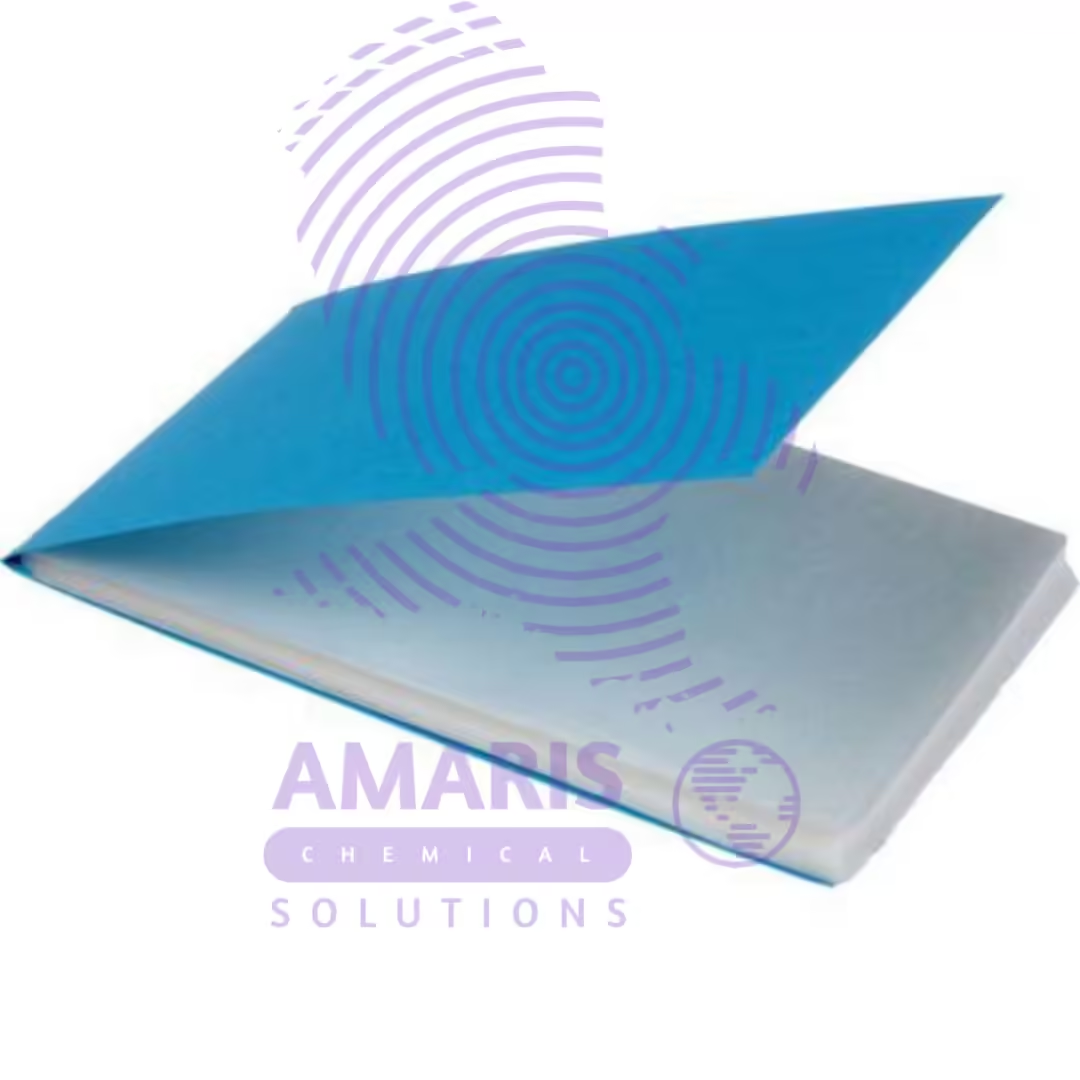
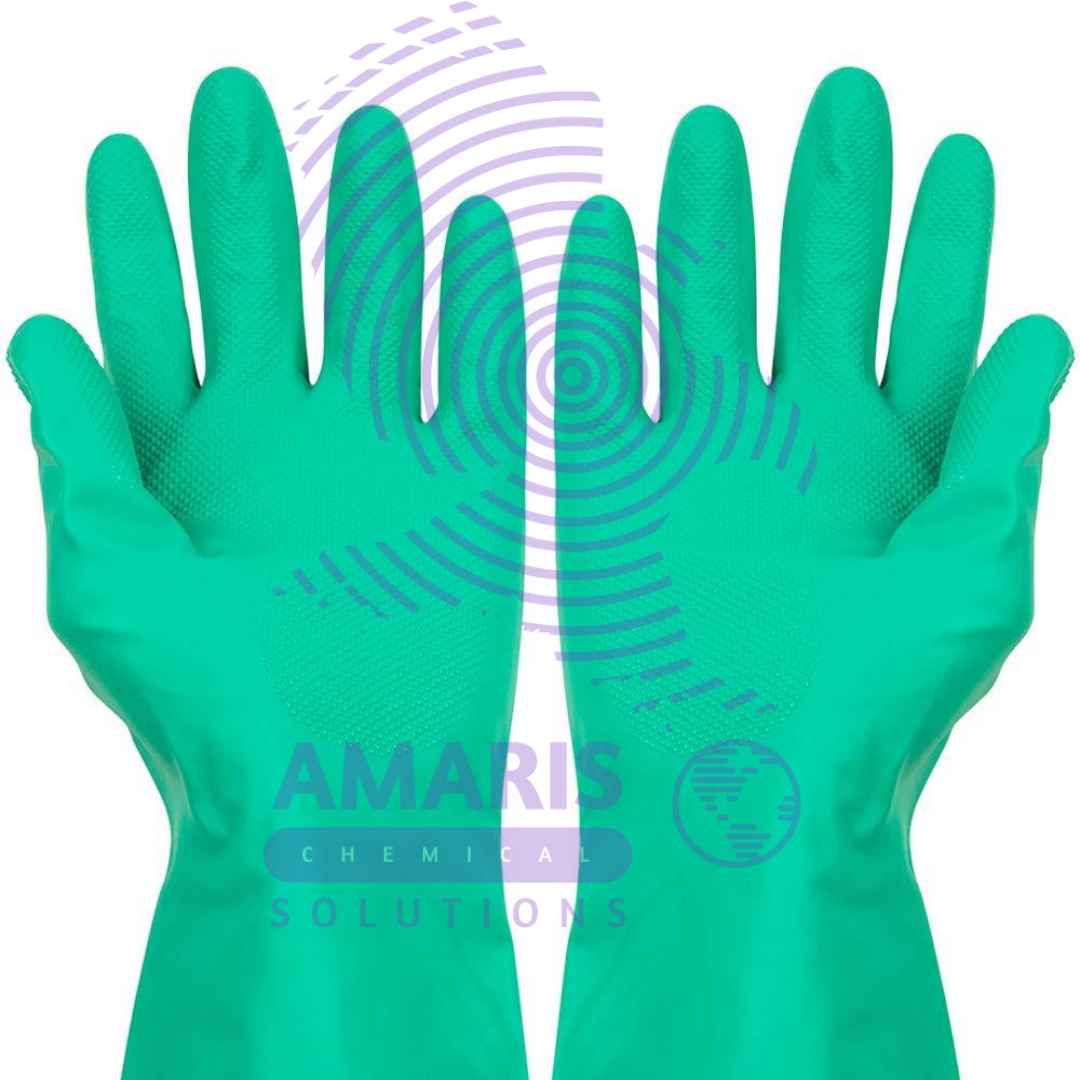
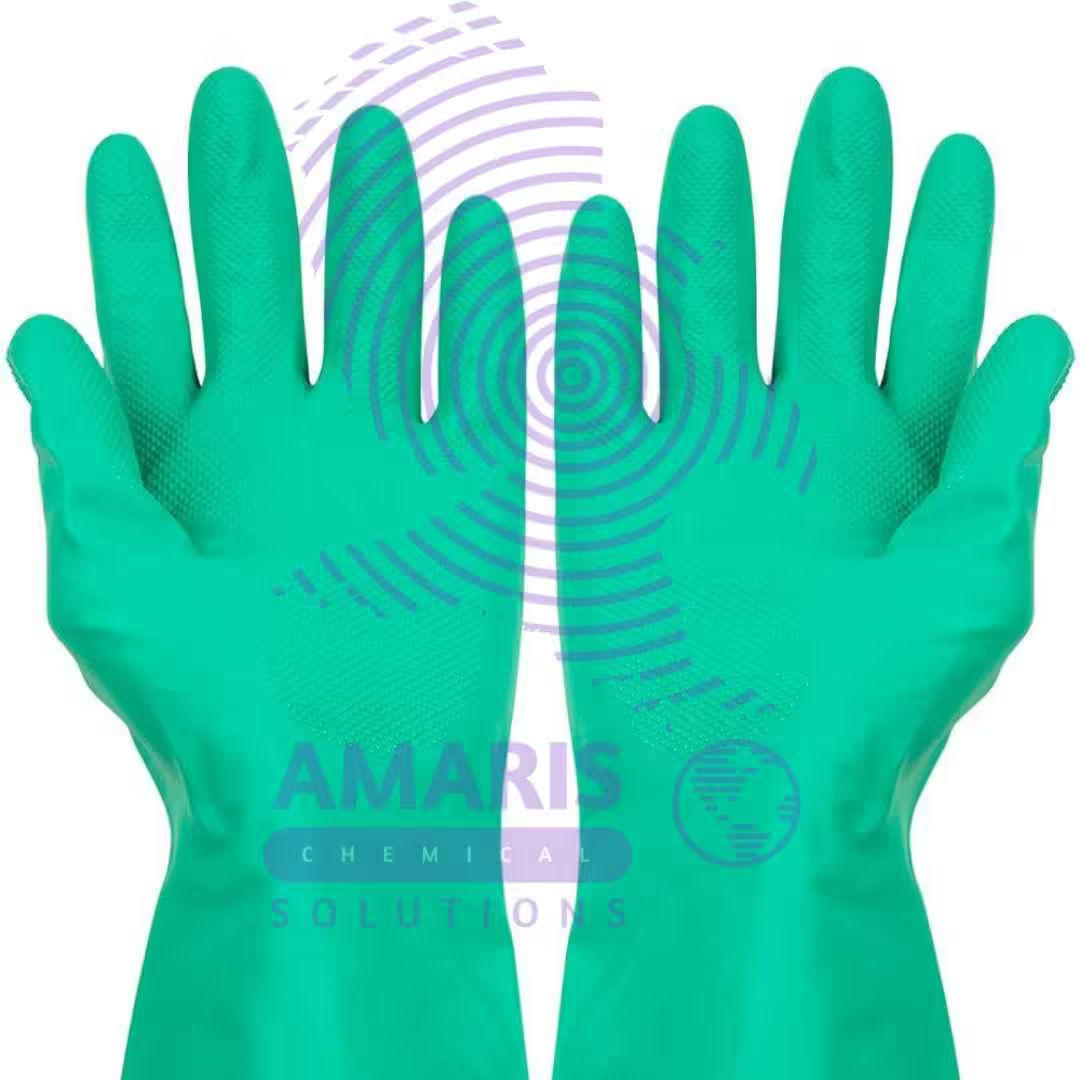
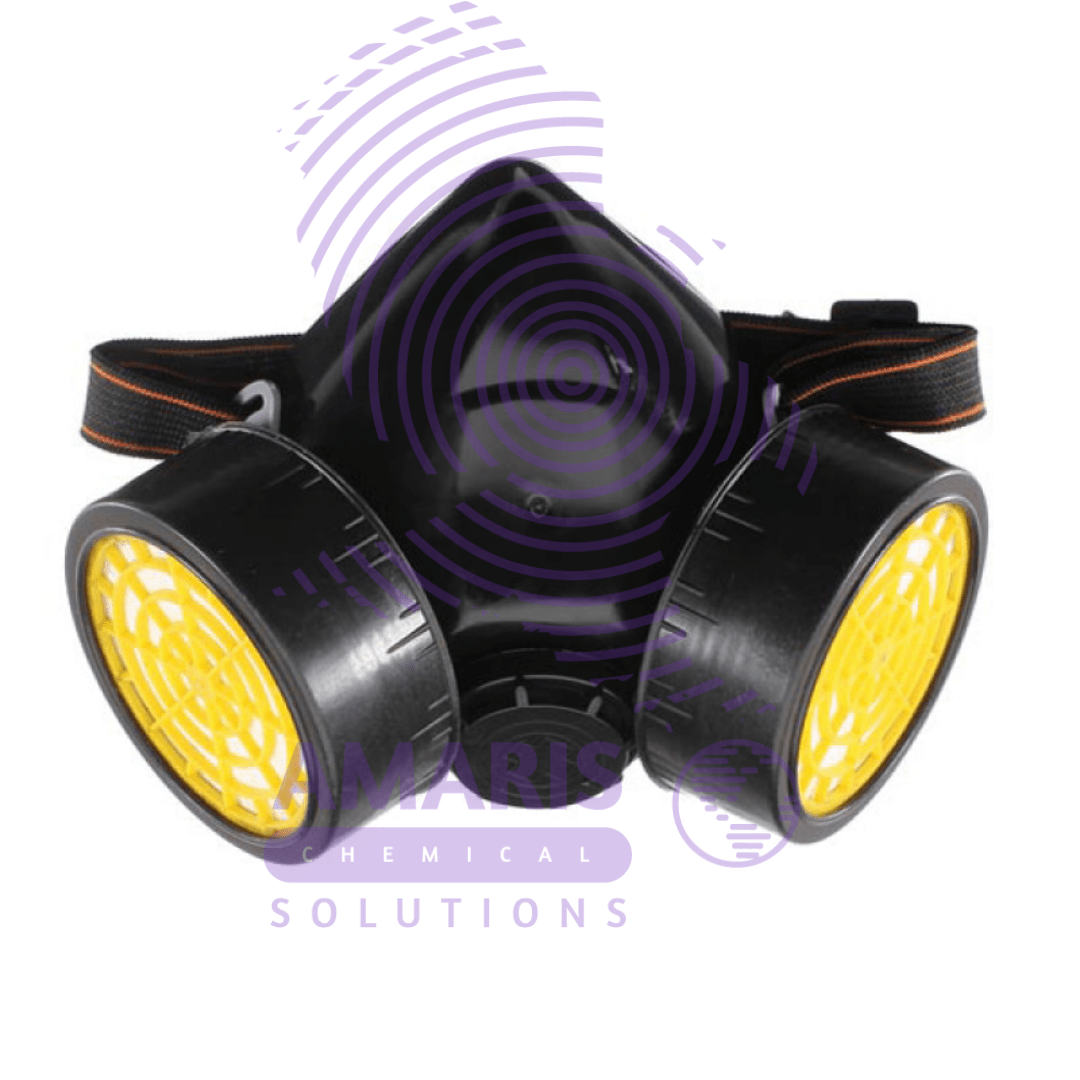











Reviews
There are no reviews yet.